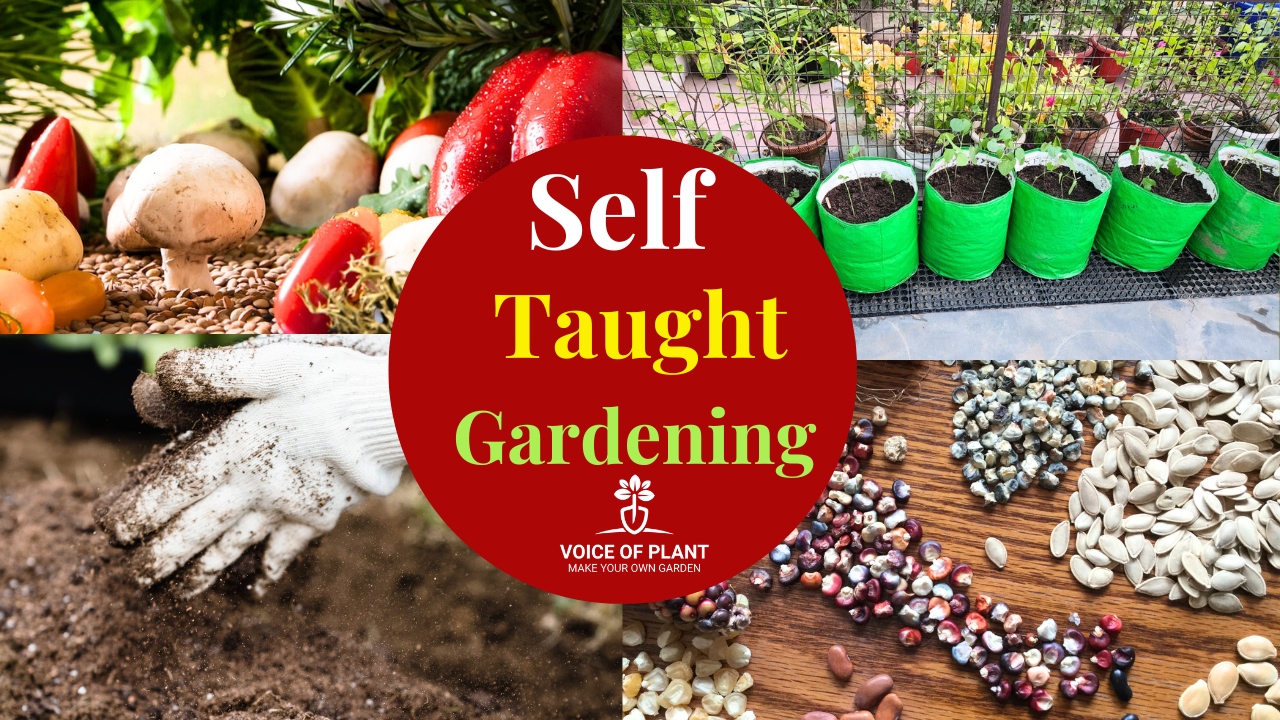Growing your own vegetables is not just a practical task; this is a rewarding one. With rising food prices and increasing demand for pesticide-free, healthy produce, more and more people are taking up vegetable gardening.
What is really inspiring is that many successful vegetable gardeners are completely self-taught. In this article, we will discuss in detail self-taught techniques for creating an abundant vegetable garden ready for any context.
We will discuss on the following points:
- Soil Enrichment and Preparation
- Smart Water Management
- Companion Planting
- Crop Rotation
- Organic Pest Control
- Seed Saving
- Continuous Learning
- Space Optimization
1. Soil Enrichment and Preparation
Successful vegetable gardening begins with the soil.
- Many self-taught gardeners take the first step by enhancing their soil quality. They utilize kitchen waste, dried leaves, and cow dung to create nutrient-rich organic matter.
- The practice of vermicomposting, which involves using earthworms to break down organic material, is particularly popular among self-taught gardeners. This enriched soil lays the perfect foundation for robust and healthy plant growth.
2. Smart Water Management
Water is a precious resource in many parts, and self-taught gardeners are experts at water management.
- Techniques such as drip irrigation and mulching are commonly used to conserve water.
- Drip irrigation systems deliver water directly to the plant roots, reducing wastage.
- Mulching with materials like straw or dried leaves helps retain soil moisture, suppress weeds, and reduce the need for frequent watering.
3. Companion Planting
Many self-taught gardeners embrace the concept of companion planting.
- This technique involves planting certain vegetables together to enhance growth and deter pests.
- For instance, planting marigolds alongside tomatoes can help repel nematodes and other harmful insects.
- By experimenting with companion planting, self-taught gardeners can naturally protect their crops and increase yields.
Also, read:
Winter Gardening Ideas & Planning
4. Crop Rotation
Crop rotation is another technique that self-taught gardeners adopt to maintain soil health and prevent pest infestations.
- By changing the placement of crops each season, they minimize the risk of soil depletion and the buildup of plant-specific pests and diseases. This practice leads to healthier, more productive vegetable gardens.
5. Organic Pest Control
The self-taught gardeners in India often avoid chemical pesticides due to concerns about their impact on health and the environment.
- Instead, they opt for natural pest control methods.
- They often use neem pesticide solution, garlic spray, and even homemade chili, etc. solutions to deter common garden pests.
- These natural remedies are safe, cost-effective, and eco-friendly.
6. Seed Saving
Many self-taught gardeners understand the importance of saving seeds from their produce.
- It not only saves money but also helps preserve traditional varieties of vegetables.
- By selecting and saving seeds from the healthiest and most robust plants, they ensure that future generations of vegetables are well-suited to local conditions.
7. Continuous Learning
Self-taught gardeners are committed to lifelong learning.
- They experiment with new varieties of vegetables, adapt to changing weather patterns, and seek knowledge from fellow gardeners and online resources.
- This commitment to continuous learning ensures that their vegetable gardens remain productive year after year.
8. Space Optimization
In densely populated urban areas, space for gardening can be limited.
- Self-taught gardeners maximize space by using vertical gardening techniques, hanging pots, and creating compact raised beds.
- They also choose vegetables that grow well in confined spaces, such as cherry tomatoes, mint, and spinach.
Conclusion:
Self-taught vegetable gardeners are a testament to the power of determination and resourcefulness. Their bountiful vegetable gardens are a source of fresh, healthy produce. These also reflect their dedication to sustainable and eco-friendly gardening practices.
- By enriching the soil, managing water efficiently, embracing companion planting, and continuously learning, they have discovered the secrets to successful vegetable gardening.
These self-taught techniques offer inspiration and valuable lessons for anyone looking to start their vegetable garden, proving that a green thumb can be cultivated through passion and perseverance.
Happy Gardening!
